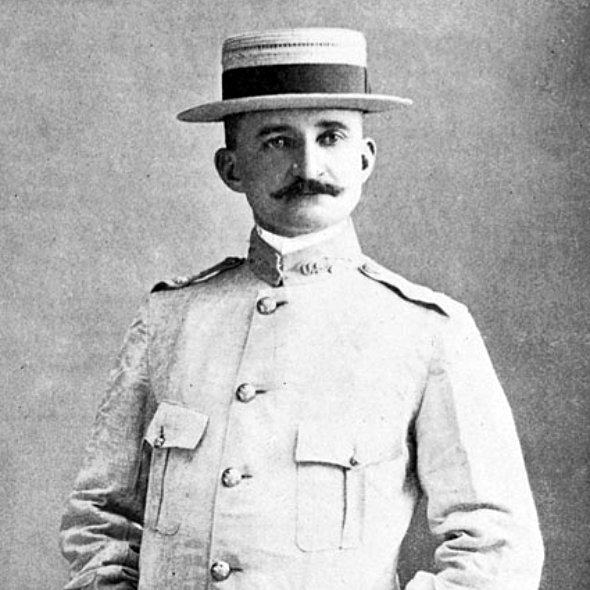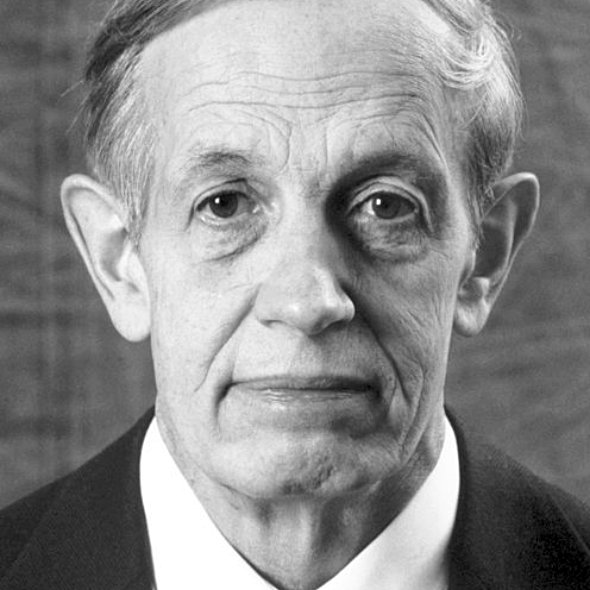As tensions increased between the U.S. and the Spanish, President McKinley saw the need to establish contact with Cuban rebels who could serve as allies if war broke out. When McKinley asked Colonel Arthur L. Wagner to appoint an officer to contact General Garcia and his rebels, Wagner suggested Rowan, citing his knowledge of Cuba and his “previously-demonstrated ability to execute orders thoroughly and well.”
Rowan, having understood Wagner to be “a noted joker,” was initially unsure what to make of the request. Hours later, he was on a boat to Jamaica, ready to undertake “the most perilous journey [he] had ever undertaken, a journey fraught with danger at every turn, danger of death at the hands of a Spanish firing squad.” According to Rowan’s account of his historical journey, he sailed a small fishing vessel across 100 miles of open sea to Cuba. He and his party bushwhacked through dense jungle to avoid Spanish troops patrolling the roads and trails.
Upon successfully reaching Garcia in the Oriente Mountains, Rowan established a rapport with the Cuban rebel commander who was eager to cooperate with the United States. Rowan gathered crucial intelligence and immediately embarked on the perilous journey back to America, crossing hostile waters accompanied by Garcia’s officers in a boat using gunny sacks for sails. Even with knowledge of the highest consequence of death, Rowan was able to think logically and remain prompt during his whirlwind covert mission.
Rowan’s outstanding mission became famous upon distribution of his 1899 pamphlet, A Message to Garcia. Rowan’s timeliness and ability to complete his task in the face of adversity was lauded as an example to young Americans who needed “a stiffening of the vertebrae which will cause them to be loyal to a trust, to act promptly, concentrate their energies, do the thing—carry a message to Garcia.” Leaders in the military and industrial spheres saw value in Rowan’s promptness, printing over a million copies to be distributed to workers and soldiers. The story was translated into several languages, becoming an international best seller.
While the consequences of Rowan’s failure would be purely speculative, the realm of ‘what if’ includes some bleak possibilities—most notably harm to American soldiers through acts of war. Rowan’s bravery earned him a Distinguished Service Cross along with the citation stating highlighting his promptness:
“At the outbreak of the Spanish-American campaign, Lieut. Rowan, under disguise, entered the enemy lines in Oriente, crossed the island of Cuba, and not only succeeded in delivering a message to Gen. Garcia, but secured secret information relative to existing military conditions in that region of such great value that it had an important bearing on the quick ending of the struggle and the complete success of the United States Army.”
Rowan also received the Order of Carlos Manuel de Cespedes – the Cuban government’s highest honor. Following his retirement after thirty years of military service, he passed in San Francisco and was buried with full military honors in Arlington National Cemetery.











